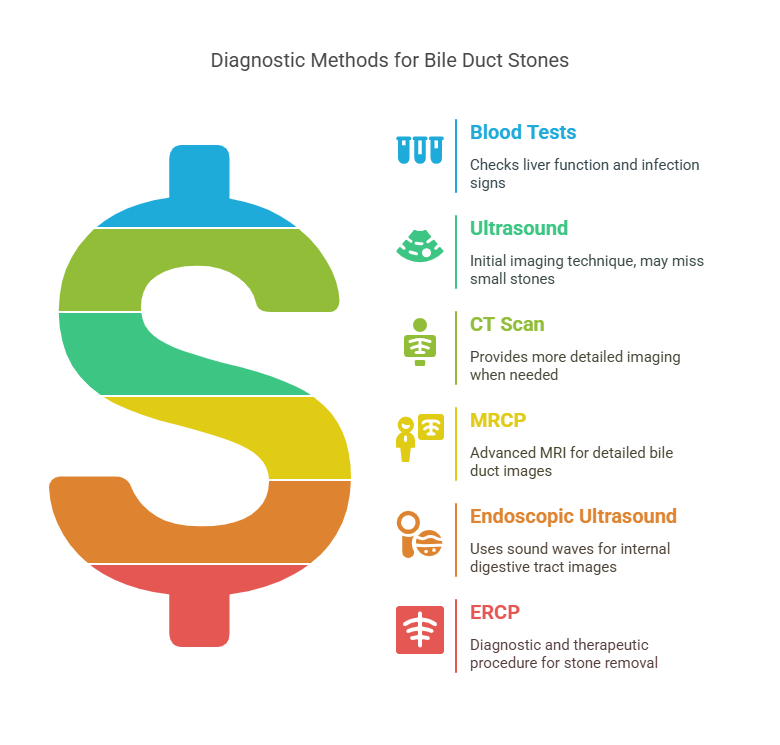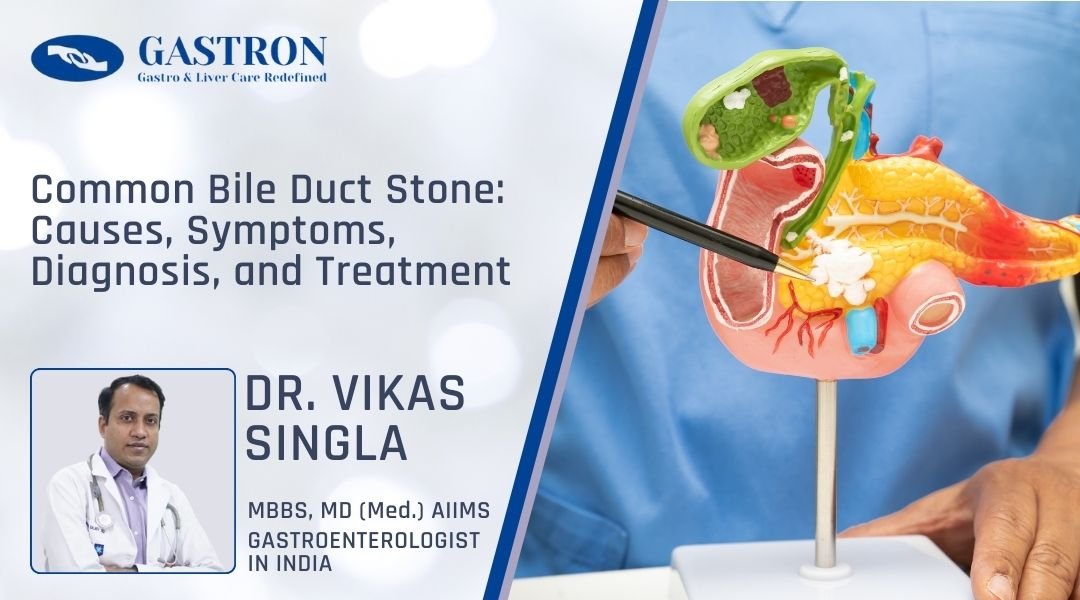Bile Duct and Its Function
Bile is a digestive fluid that is made by the liver and is stored in the gallbladder, and is carried to the small intestine through a common passage known as the CBD bile duct, to facilitate digestive function.
Bile is stored in the gallbladder and is released when food enters the small intestine to help the digestion process. It helps break down fats and aids in vitamin absorption.
Not only in digestion, but bile also helps in waste removal. It provides a path for the liver to eliminate waste from the body.
Liver contains bilirubin, which is are waste product and ya yellowish pigment that is formed by the breakdown of old red blood cells, and excess cholesterol.
These waste materials are carried by bile from the liver to the intestine to be finally excreted from the body.
This process not only helps maintain the balance of cholesterol in the body but also prevents the accumulation of harmful substances, supporting overall liver and digestive health.
It is clear that bile is an essential digestive fluid that plays an important role in digestion.
Common Bile Duct Stone
If you’ve ever heard of gallstones, you might not realise that these tiny, solid particles can sometimes travel beyond the gallbladder and get stuck in the common bile duct – a condition known as choledocholithiasis or common bile duct stone.
This blockage can cause serious health problems, but with timely diagnosis and treatment, most people recover well.
In this article, I shall guide you on what causes common bile duct stones, their symptoms, how they are diagnosed, and the available treatment options.
What Is a Common Bile Duct Stone?
A common bile duct stone, or choledocholithiasis, occurs when a gallstone moves from the gallbladder and becomes lodged in the common bile duct – the tube that carries bile from the liver and gallbladder to the small intestine.
Sometimes, stones can even form directly within the bile duct itself. This blockage can disrupt the normal flow of bile, leading to pain, jaundice, and potentially serious complications if left untreated.
Causes of Common Bile Duct Stones
Most bile duct stones originate as gallstones in the gallbladder. These stones are typically formed when substances in bile, such as cholesterol, bile salts, and bilirubin, crystallise.
Several factors can increase your risk:
Gallstones: The primary risk factor. About 1 in 7 people with a gallstone problem are prone to develop stones in their common bile duct.
Bile Duct Narrowing: Inflammation or scarring can make it easier for stones to get stuck or form in the duct.
Infections: Infections in the bile duct can promote stone formation.
Liver Conditions: Diseases like cirrhosis can increase the risk of stone development.
Other Factors: Age, obesity, rapid weight loss, pregnancy, and certain genetic conditions can also play a role.
Symptoms of Common Bile Duct Stones
Some people don’t experience symptoms of common bile duct stones until a stone blocks the duct. When symptoms do appear, they can be sudden and severe:
Abdominal Pain: Intense pain in the upper right or middle upper abdomen, sometimes radiating to the back or shoulder. The pain often comes in waves and can last for hours.
Jaundice: The yellowish appearance of the skin and eyes in jaundice is due to bile buildup.
Fever and Chills: Especially if infection (cholangitis) develops.
Nausea and Vomiting: Common when the digestive system is disrupted.
Clay-Coloured Stools: Bile gives stool its colour, so a blockage can cause pale or white stools.
Dark Urine: Due to increased bilirubin in the blood.
Loss of Appetite and Itchy Skin: This symptom is less common but is possible to happen.
It’s important to note that symptoms of common bile duct stones can be mild or absent in the early stages, making diagnosis challenging.
Diagnosis: How Are Bile Duct Stones Detected?

Diagnosis of CBD stone involves a combination of symptom assessment, physical examination, and specialized tests:
Blood Tests: To check liver function, bilirubin levels, and for signs of infection.
Ultrasound: Often the first step but may miss smaller stones.
CT scan: Can provide more detail if needed.
Magnetic Resonance Cholangiopancreatography (MRCP): An advanced MRI technique that gives detailed images of the bile ducts and is highly effective for detecting stones.
Endoscopic Ultrasound: Uses sound waves to create detailed images from inside the digestive tract.
Endoscopic Retrograde Cholangiopancreatography (ERCP): This diagnosis of CBD stone procedure is both for diagnostic and therapeutic as it allows doctors to see the stones and remove them during the same session.
Treatment Options for Common Bile Duct Stones
The main goal of common bile duct stone treatment is to remove the stone and restore normal bile flow. The approach depends on the size, number, and location of the stones, as well as the patient’s overall health:
ERCP (Endoscopic Retrograde Cholangiopancreatography): The most common and effective CBD stone treatment. A flexible tube is passed through the mouth into the small intestine, and special tools are used to remove the stone from the bile duct.
Medications: Rarely, medications may be used to dissolve small stones, but this is not common practice for bile duct stones.
Surgery: Laparoscopic or open surgery may be needed if ERCP is not successful or if there are other complications.
Shock Wave Lithotripsy: Uses shock waves to break up stones so they can pass more easily, but this is less commonly used.
Supportive Care: Includes antibiotics if infection is present, pain management, and sometimes temporary drainage procedures.
Prompt and effective CBD stone treatment is crucial to prevent complications like infection (cholangitis), pancreatitis, or permanent liver damage.
Common bile duct stones are a serious but treatable condition.
If you experience any of the symptoms described above, seek medical attention promptly for the best outcomes. Early diagnosis and treatment of CBD stone can help you avoid complications and get back to feeling your best.
For More Details Contact Now – Click Here
FAQs
What causes common bile duct stones to form?
Most bile duct stones start as gallstones in the gallbladder that travel into the duct. Risk factors include gallstones, bile duct narrowing, infections, and certain liver diseases.
What are the warning signs of a blocked bile duct?
Watch for severe upper abdominal pain, yellowing of the skin or eyes (jaundice), fever, chills, and pale stools. These symptoms indicate the need for urgent medical attention.
How are bile duct stones diagnosed?
Doctors use blood tests and imaging techniques like ultrasound, MRCP, and ERCP to detect and locate stones.
Can bile duct stones go away on their own?
Some small stones may pass spontaneously, but most require medical removal to avoid serious complications.
What is the most common treatment for bile duct stones?
ERCP is the standard, minimally invasive procedure for removing stones from the bile duct quickly and safely.

